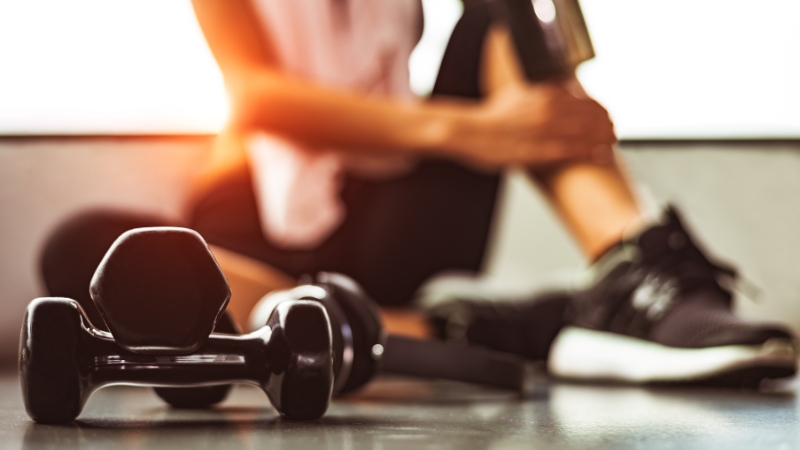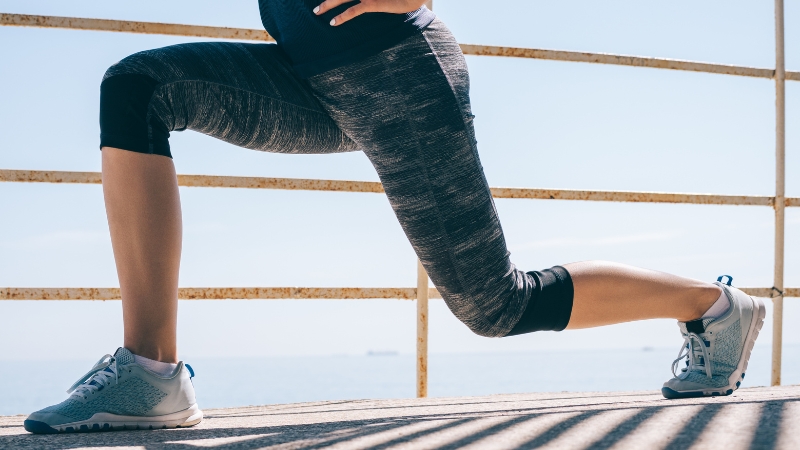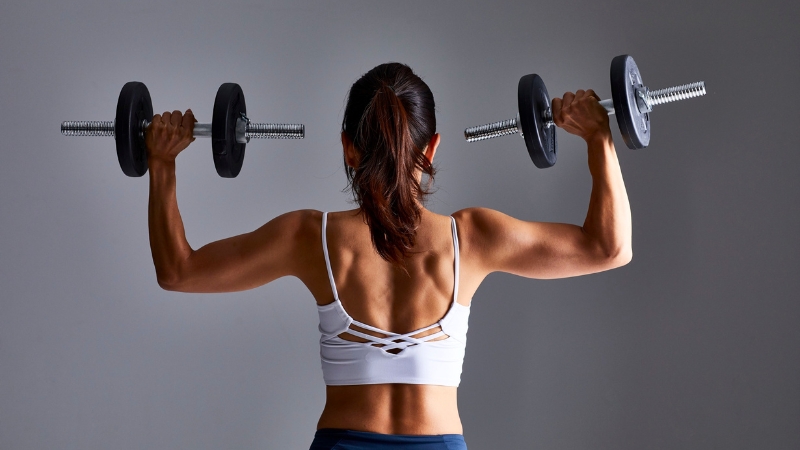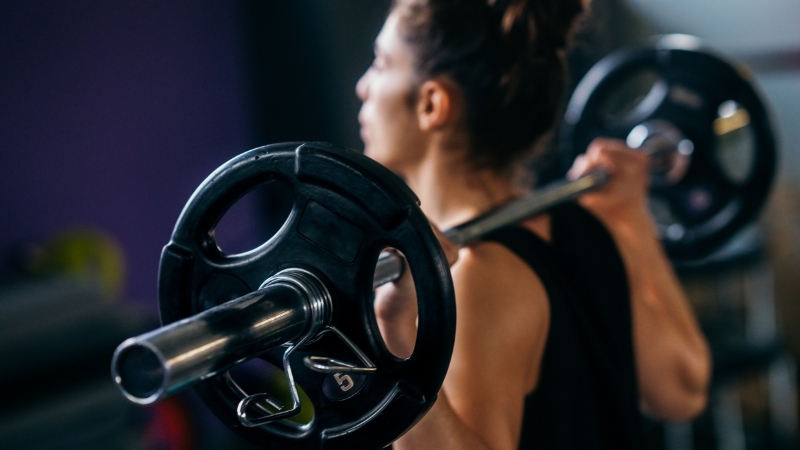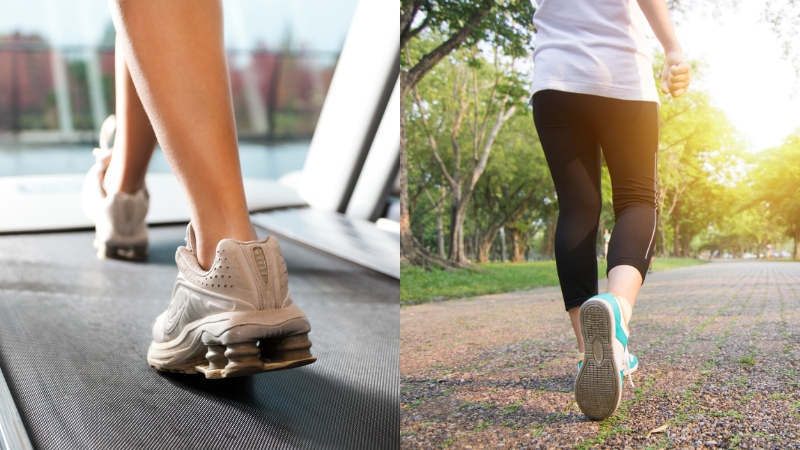
Share Post:
Forearm strength is often overlooked in training routines, yet it plays a critical role in almost every upper-body movement—grip, pull, lift, or even push.
Whether you’re deadlifting, rock climbing, playing tennis, or just carrying groceries, strong forearms translate to better grip endurance, injury prevention, and enhanced overall performance.
According to research published in the Journal of Strength and Conditioning Research, grip strength is not only a strong indicator of upper body power but also correlates with long-term health and functional independence, especially as we age.
Table of Contents
Toggle1. Wrist Curls and Reverse Wrist Curls
One of the most time-tested ways to target your forearms directly is through wrist curls and their opposite: reverse wrist curls. These isolation movements allow you to fully contract and stretch the forearm flexors and extensors, building strength at the joint level.
Wrist curls are performed with the palms facing up, strengthening the flexor group, while reverse curls (palms facing down) target the extensors, which are essential for wrist stability and elbow support.
When doing these movements, sit on a bench with your forearms resting on your thighs and allow your wrists to extend slightly over your knees. Move only at the wrists—keep your elbows and upper arms still. Use moderate weight and high reps to build endurance and volume in these smaller muscle groups.
Aim for 3 to 4 sets of 12–15 reps for each variation, ensuring slow and controlled motion on both the lift and descent. This helps improve not just size but motor control, a factor that becomes increasingly important in sport-specific performance and injury prevention.
2. Farmer’s Carries
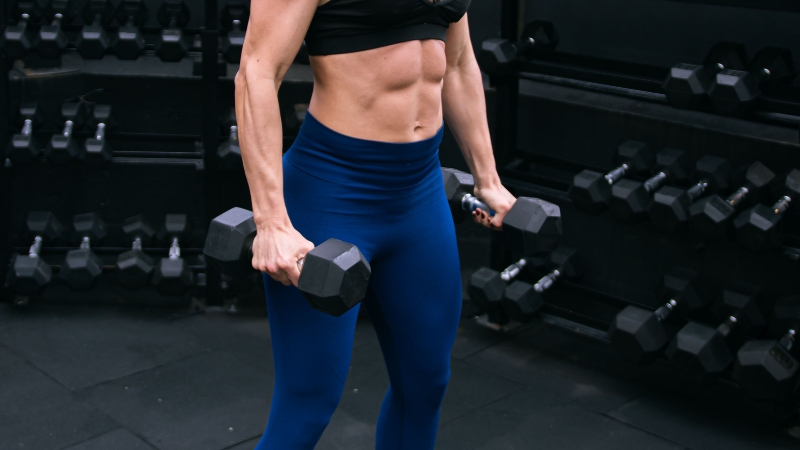
Functional and brutally effective, farmers’ carries might be the simplest yet most comprehensive forearm builders. Pick up a pair of heavy dumbbells or kettlebells, stand tall, and walk with intention.
That’s it—but don’t underestimate the challenge. Your grip, traps, core, and even your stabilizers will be screaming within seconds.
This movement not only boosts isometric grip endurance but also improves posture, shoulder health, and full-body coordination. The trick is to keep your arms locked, shoulder blades pulled back, and chest up while walking for 30–60 seconds.
If you’re training for strength, go heavier and walk shorter distances. For endurance, use a lighter weight but increase the time under tension.
Here’s a breakdown of variations:
Carry Type
Primary Benefit
Standard Carries
Grip and posture endurance
Single-arm Carries
Core stabilization and grip bias
Trap Bar Carries
Load capacity and balance
Incorporating farmers into your weekly routine—either as a finisher or a main lift on pull days—builds functional strength and real-world utility. They’re one of the few movements where you can’t cheat grip strength.
3. Plate Pinches
To target the fingers, thumbs, and smaller stabilizers of the hand and forearm, nothing beats a solid set of plate pinches. The idea is simple: take two smooth-sided weight plates (start with 10s) and pinch them together with your fingers and thumb.
The tension is immense—and that’s the point. Unlike other exercises, pinching engages isometric contraction in a way that mirrors how we use our hands in daily life.
Start with 20–30 second holds per set, building up to longer durations or heavier plates as your grip improves. This type of training is particularly useful for athletes who rely on finger strength, climbers, martial artists, and manual laborers, especially. As you progress, try walking while pinching or switching to thicker or slicker plates.
This is also a good opportunity to consider adding a specialized forearm workout tool to your routine. Devices like grip trainers, pinch blocks, or adjustable tension tools provide progressive resistance and allow you to isolate grip mechanics in a controlled environment.
These tools are compact, easy to use at home, and offer measurable progression, which is critical for long-term gains.
4. Dead Hangs

Dead hangs look simple—just grab a bar and hang—but few exercises test your pure grip endurance and shoulder integrity like this one. Dead hangs build the passive strength needed to maintain a closed grip over time, a quality that carries over into everything from pull-ups to Olympic lifts. Even 20 seconds can feel like an eternity if you’re doing it right.
Start with a basic overhand grip and hang with arms fully extended. Focus on keeping your shoulders slightly engaged (scapular depression) and avoid swinging or excessive leg motion. Once you can hang for 60 seconds comfortably, try progressing with:
Aim for 3 to 4 sets of 20–60 seconds, resting 1–2 minutes between sets. You’ll not only increase forearm stamina but also improve joint mobility and mental toughness.
5. Hammer Curls
@jazzboissy Its all about angles bb! Dont cheat yourself. 💪🏼 #biceps #gymtipsforbeginners #gymtok #armday #upperbody ♬ Keep their heads ringin – 𝕰𝖆𝖟𝖞 𝕰
While typically considered an upper-arm exercise, hammer curls are critical for developing the brachioradialis, a major forearm muscle that bridges the biceps and wrist. Using a neutral grip (palms facing in), this variation shifts the load away from the biceps and toward the elbow flexors and outer forearm, creating both size and functionality.
Use moderate weight and slow tempos to emphasize the eccentric phase of the curl. Keep your elbows tucked to avoid shoulder involvement and fully control the descent to maximize time under tension. Hammer curls work well in supersets with reverse curls or wrist rollers, helping you hit the forearm from multiple angles in a single workout.
6. Towel Pulls and Rope Rows
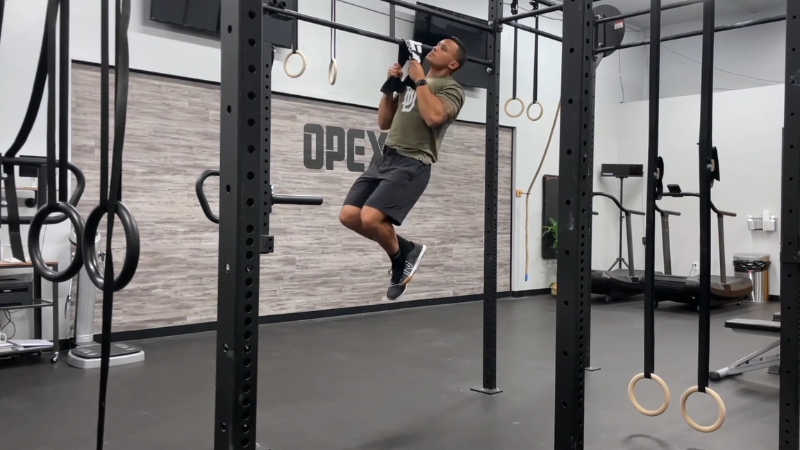
If you want to simulate the unpredictability of real-world grip scenarios, towel pulls are essential. Loop a towel over a pull-up bar and perform pull-ups while gripping the ends.
You’ll immediately feel the difference—your forearms will fatigue much faster than usual because you’re recruiting finger flexors and grip stabilizers at a much higher level.
You can also add a rope or towel to rows, curls, or sled pulls to shift emphasis toward grip mechanics. These techniques are excellent for athletes in combat sports, obstacle racing, or climbing, where grip fatigue is often the first limiter.
Start with 2–3 sets to failure or use as a finisher on back day. Focus on control over speed. Your forearms will burn—but that’s the goal.
7. Wrist Rollers
Wrist Rollers ignite our forearms.
You feel the fire even with a lightweight.
Growing up, a trainer at my gym had built one with a pipe, and the chain was long enough to use from the top of a staircase.
I did three sets at the end of all my workouts.
What hooked me on working… pic.twitter.com/CEqYKrUy3M
— Alex Bernier (@mythoughtfood) June 21, 2024
No tool burns the forearms quite like a wrist roller. This simple device—a weighted rope attached to a dowel—is a brutally effective way to hit both flexors and extensors through full wrist rotation.
It’s one of the few tools that provides continuous time under tension for the entire movement, forcing the forearms to work concentrically and eccentrically with zero rest.
To use it, stand upright with arms extended, and roll the weight up and down by rotating your wrists. Don’t let your elbows drop or your shoulders take over. It’s hard to do more than a few sets correctly, but that’s the point.
8. Reverse Curls
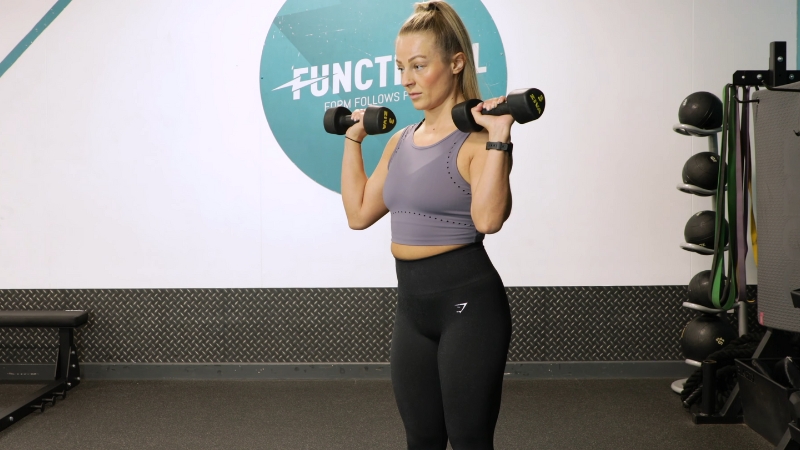
Reverse curls are an underrated gem for developing balanced forearms. Done with a pronated grip (palms down), this movement activates the brachialis and wrist extensors, giving your arms that thick, dense look from all angles. It also improves joint integrity at the elbow by strengthening often neglected muscles.
Use a barbell or EZ-curl bar, keep your elbows tucked, and don’t use momentum. Control both the lift and the descent to ensure that the forearms—not the shoulders—do the work.
Perform 3–4 sets of 10–15 reps, and consider pairing them with wrist rollers or grippers to round out your session.
9. Hand Grippers and Grip Trainers
If you want to improve your crushing grip and finger strength, dedicated hand grippers are a must. These come in a variety of resistances—from beginner levels to elite tools like the Captains of Crush series. They train the hand muscles in isolation, making them a perfect complement to compound lifts.
Use them while watching TV, commuting, or during breaks. But don’t overdo it—grip muscles fatigue fast and are prone to overuse injuries if pushed too hard, too soon.
Training tips:
10. Stay Consistent, Manage Load, and Prioritize Recovery
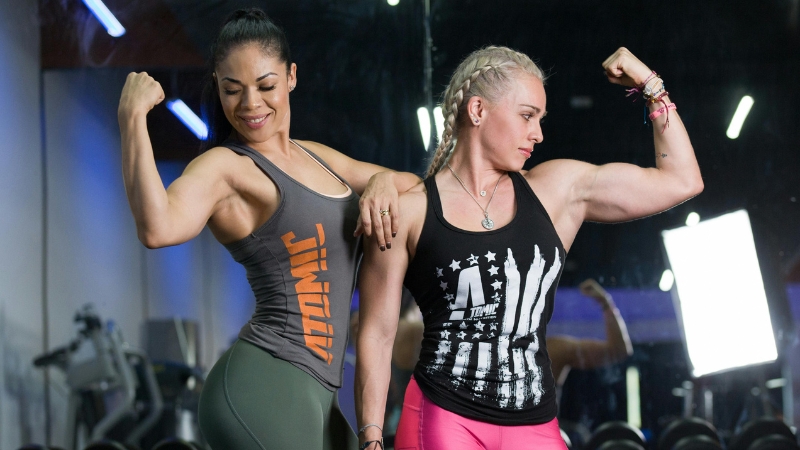
All the above techniques will work—but only if you stick with them long-term. Forearms often respond more slowly than larger muscle groups, so consistency is key. That means dedicated sessions, structured progression, and proper recovery habits.
Here’s a sample weekly structure:
It’s also important to understand your training volume. If you’re doing heavy deadlifts, pull-ups, or rows, your forearms are already under stress. Direct isolation work should supplement, not overload, your program.
Final Thoughts
Strong forearms unlock strength, control, and functionality in nearly every athletic movement. Whether you’re a powerlifter trying to improve your deadlift lockout or just want to feel more secure carrying groceries or climbing stairs, investing in your grip and forearm development pays off.
By combining isolation work with carries, hangs, tools, and varied grip positions, you create a well-rounded approach to training that improves both aesthetics and real-world performance. And remember, even small tools—like a quality forearm workout tool—can make a big difference when used consistently.
In short: build your grip, build your forearms, and you’ll build a stronger version of yourself from the wrists up.
Related Posts:
- Can You Improve Your Reaction Time? The Techniques…
- Top 5 Juicing Recipes for Effective Weight Loss in 2025
- How to Lift Properly? Techniques to Avoid Back…
- Calf Muscle Strains - Symptoms, Causes, and Recovery…
- Posing Tips and Techniques - 10 Tips for Female Bodybuilders
- 5 Mini Band Arm Exercises for Effective Upper Body…



